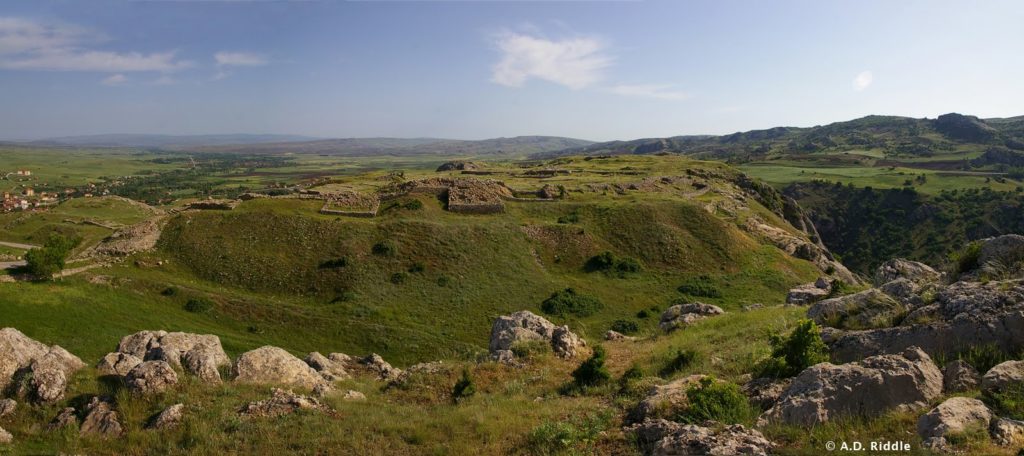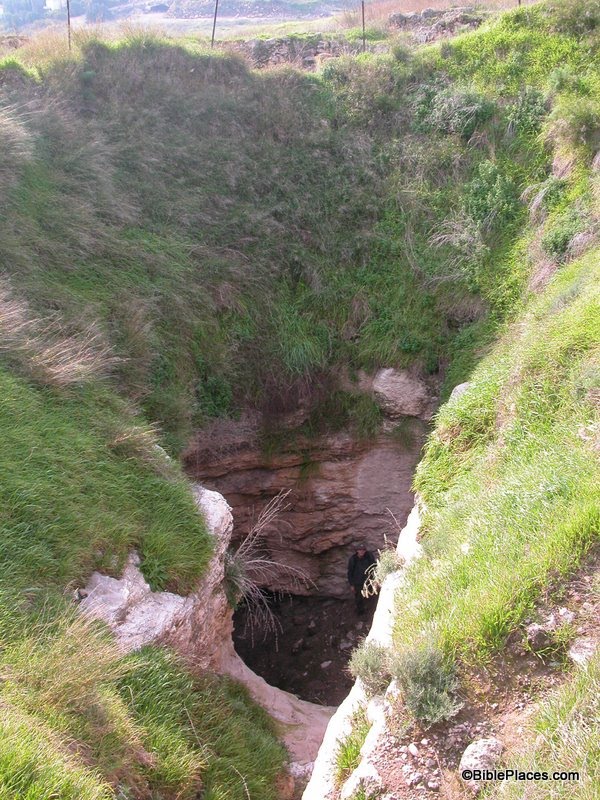According to an online news article, Turkey’s Minister of Culture and Tourism, Ertuğrul Günay, is pressuring Germany to return a gate sphinx found at Hattusa, even threatening to revoke the German Archaeological Institute’s permit to excavate Hattusa. The Germans have been directing excavations at Hattusa, the ancient capital of the Hittite Empire, since 1906.
The sphinx in question is presently on display in the Pergamonmuseum in Berlin. It belongs to a pair of sphinxes from the Sphinx Gate of the Yerkapi rampart at Hattusa. The complementary sphinx is on display in the Museum of the Ancient Orient in Istanbul, Turkey.
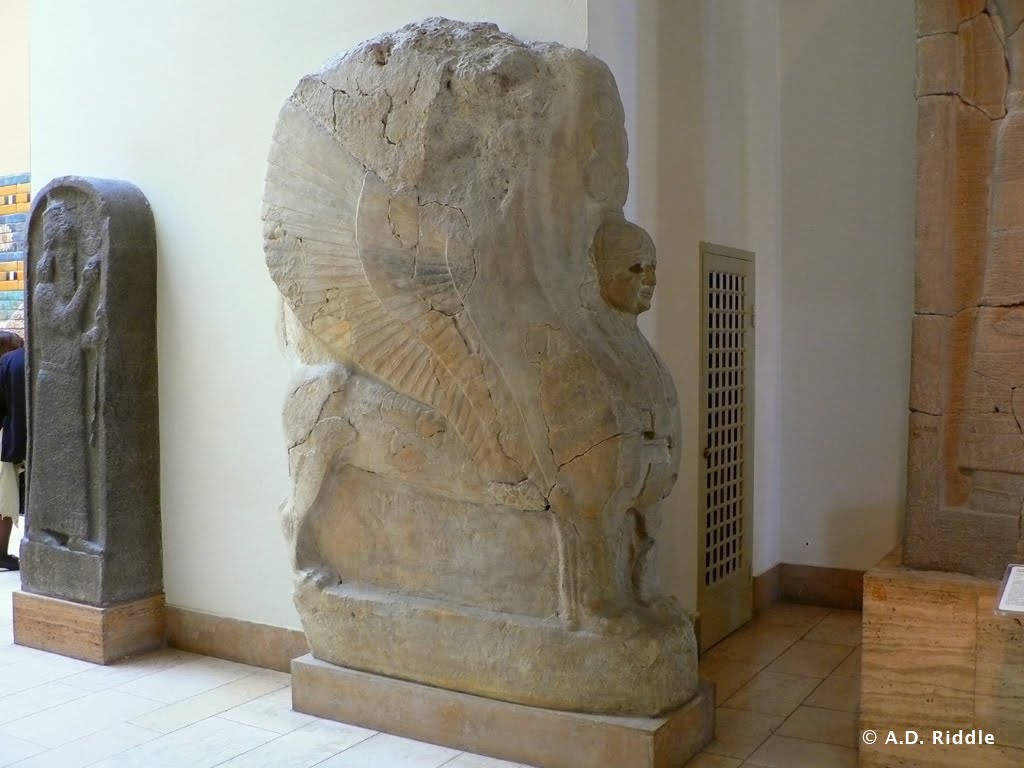 Berlin Pergamonmuseum.
Berlin Pergamonmuseum.This is a copy of the sphinx shown below. The sphinx which is being disputed is not in the photo; it is displayed on the opposite wall behind where the photographer stood. (The photographer is now kicking himself.)
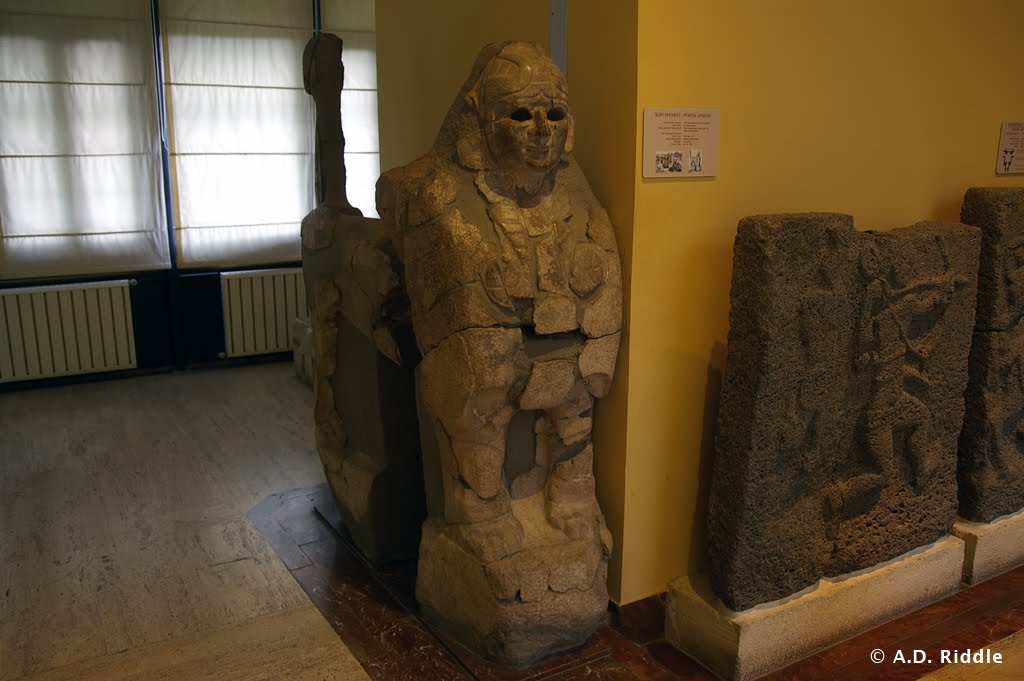 Istanbul Museum of Ancient Orient.
Istanbul Museum of Ancient Orient.Sphinx from Yerkapi rampart Sphinx Gate at Hattusa. This sphinx complements the one in Berlin.
Turkey has given Germany until the end of July to return the sphinx. Germany has apparently rejected previous requests. The sphinx was taken to Berlin in 1915 to be restored.
Hattusa is an enormous and complex site just on the outskirts of the modern village of Boğazkale (more commonly known by its former name Boğazköy). Hattusa had dozens of temples and a citadel.
The fortifications included various gates with parabolic arches, a massive rampart on the southern end, and 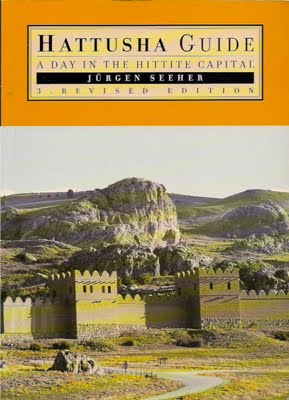 casemate walls. The German excavations are currently directed by Andreas Schachner. From 1994-2005, Jürgen Seeher directed the excavations. Seeher is the author of the best guidebook on Hattusa, Hattusa Guide: A Day in the Hittite Capital, 3rd rev. ed. (Istanbul: Ege Yayınları, 2006). It is chock full of photos, plans, and descriptions, and has a fold-out map.
casemate walls. The German excavations are currently directed by Andreas Schachner. From 1994-2005, Jürgen Seeher directed the excavations. Seeher is the author of the best guidebook on Hattusa, Hattusa Guide: A Day in the Hittite Capital, 3rd rev. ed. (Istanbul: Ege Yayınları, 2006). It is chock full of photos, plans, and descriptions, and has a fold-out map.
Much of the guide is available online here. If you have the opportunity to visit the site, allow yourself at least one complete day and make sure you have a car and Seeher’s guidebook.
HT: Jack Sasson
UPDATE (5/20): Germany has agreed to give the Sphinx to Turkey. Details are here.

